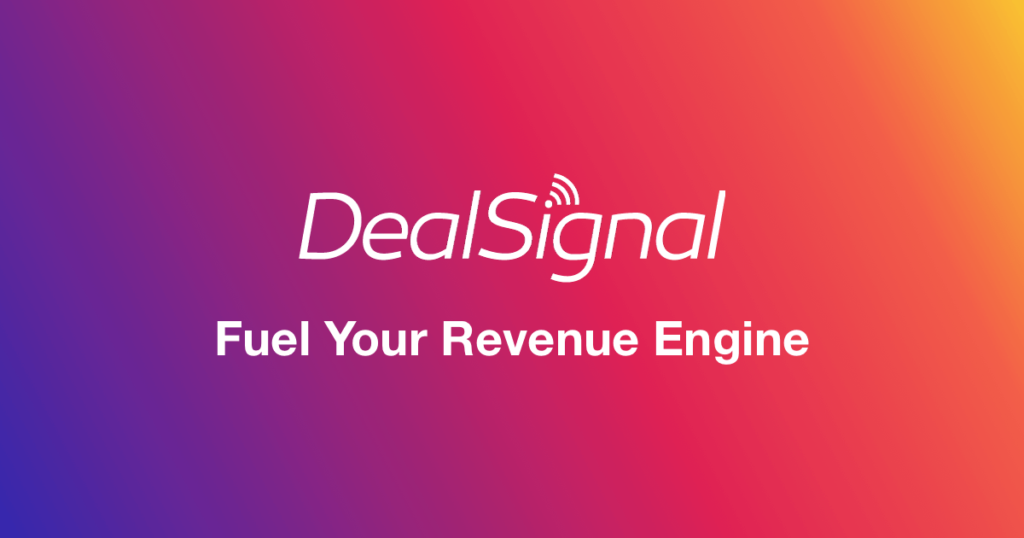Well-targeted B2B marketing hinges on precise audience insights. These insights are shaped by prescient, effective data, such as audience demographics, traffic sources, engagement rates, and attitudinal information, among others.
With an ocean of possible data points from which actionable insights can be extracted, the importance of buyer intent data is becoming clear. The sheer variety of possible intent data use cases is a major reason. From designing high-level marketing strategies to email campaign personalization and prospecting, intent data offers you crucial insights every step of the way.
What is Intent Data?
A powerful marketing asset, intent data represents information on users’ activities such as online searches, researching vendors on third-party review websites, email opening and click-through rates, ad clicks, and downloads of resources such as e-books, whitepapers, and case studies.
All of these intent signals once aggregated and organized, can paint a very accurate picture of your audience’s current interests, ongoing and upcoming trends, and specific wants that need addressing, or problems in need of solving.
The value of this data to your marketing team cannot be overstated. Think of it as advanced statistics and analysis in sports – awareness of how certain players behave puts you in a position to pinpoint and predict their next move. Harnessing a variety of distinct intent data use cases allows you to plan effectively and make informed decisions.

Intent Data Use Cases
1. Defining your ideal customer profile and optimizing targeting
Having intent data is key to segmenting your audience, and really drilling down on those target niches that show the most interest in your product or services.
This finely granulated segmentation is essential for marketing and sales personalization, which matters now more than ever with the rise of digital consumers’ expectations. Rather than relying on guesswork and gut feeling, you get ahead of the curve by tapping into the buyer intent data to map out exactly where and how you should place your efforts.
You can segment your outreach and craft your messaging according to each stage of the buyer’s journey – delivering light and informational content to those who are still in the exploration stage, and presenting case studies and different pricing options to prospects approaching the decision stage.

2. Retargeting and remarketing
One of the best intent data use cases to gain direct results. Retargeting is a central part of marketing today – and with good reason, too, since the average cart abandonment rate is just under 70 percent.
With such high rates of users abandoning their checkout processes, retargeting is essential to winning back your audience’s attention. Recent surveys have shown that retargeted ads are 70% more likely to convert users into paying customers, bringing back around 26 percent of those who left mid-purchase.
Intent data can be used to build a solid, wide-reaching retargeting and remarketing strategy. While various web analytics tools will give you access to the volume of users who visited your website without converting, intent data will illuminate all other possible prospects who have shown interest in products like yours by browsing online, perhaps even by engaging with your competitors.
You can build custom audience lists with the help of intent data lead lists, and base your campaigns on the unique needs of these prospects. All you will need to do is carefully describe your buyer persona – and see what intent data tells you about their interests and tastes.
You’ll be able to build a campaign around these intent signals – which may specify a specific issue that needs fixing, or a question that needs answering. More so than with most intent data use cases, make sure you address these issues – this is how you’ll make sure your audience listens.

3. Email campaigns
Email marketing remains one of the more strikingly effective intent data use cases. This powerful outreach strategy, with a $36 ROI for each $1 spent – more than any other marketing channel today.
However, email campaigns can be challenging to get right. The average email click rate is 2.62% – and the smallest changes to the copy, such as punctuation and choice of the subject line, can seriously affect your prospects’ interest. And if your contact list isn’t carefully calibrated, that only further compromises the campaign’s engagement rates.
Third-party intent data can be used to power up your email campaigns – by helping you better segment your lead lists and ensure your message is getting through to those who need and want, to hear it.
Are a large number of your leads repeatedly searching for products similar to yours? Design a promotional email highlighting what makes your offer stand out from the competition.
Do the terms “price” and “cost” come up in their research often? Alleviate shopping pressures and make your business more approachable by sending out email coupons.

Intent data use cases put the needs of your audience first … and address them swiftly.
And for those in account-based marketing (ABM), intent data can offer essential insights into their contacts’ interests and online behavior. As with the retargeting campaigns discussed above, these intent data use cases for B2B marketing needs can inform contact revival campaigns. By following intent signals from your cold leads list, you can gauge if there has been a renewal of interest in your services, and touch base with certain prospects at just the right time.
4. Multistep campaign: email/phone / social media
Converting an account is not a guarantee, even if you do it with efficient targeting via your ABM campaign. The general rule of thumb says it takes around 8 touchpoints on average to make a conversion. And when you take into consideration the multitude of digital marketing channels today, the challenge of utilizing them all effectively only grows.
At the same time, engaging your prospects across a variety of channels — and always with relevant information— is often necessary to reach the desired outcome. Especially when it comes to these peculiar intent data use cases. If you do not hit multiple touchpoints in an efficient manner that is relevant, your lead may be compromised due to a lack of interest.
How do you make sure your multistep campaign efforts will be in sync across channels and well-aligned with your audience’s needs?
Intent data comes to the rescue in this scenario as well, by allowing you to vastly improve the process of lead qualification. The entire multistep campaign can be crafted according to insights derived from intent data – from your website content strategy to email personalization and social media marketing – helping you create relevant and overall coherent, organized messaging that will capture the attention of your prospects.

5. Intent data for enhanced sales enablement
In the realm of sales enablement, intent data emerges as a shifting tool, akin to the role it plays in content marketing strategies. By leveraging intent data, sales professionals gain valuable insights into the specific pain points, challenges, and solutions that are top of mind for their prospects. Armed with this intelligence, business development representatives (BDRs) and sales reps can personalize their outreach efforts and conversations to resonate more effectively with potential buyers.
For instance, if intent data indicates that a key target account has been actively researching a competitor’s offering, sales teams can tailor their approach accordingly. By highlighting the unique strengths and advantages of their own solution compared to the competition, they can craft compelling pitch decks and messages that address the prospect’s specific needs and concerns. This level of customization not only enhances the relevance of the engagement but also increases the likelihood of productive interactions with prospects.
In essence, intent data serves as a catalyst for more informed and strategic sales enablement initiatives, enabling sales teams to align their efforts with the evolving interests and preferences of their target audience. By integrating intent data into their sales processes, organizations can unlock new opportunities for engagement and differentiation in today’s competitive marketplace.
6. Ad hoc prospecting
Even if your team already has a comprehensive understanding of your key buyer personas and markets, it never hurts to audit and review existing approaches. Compared to the intent data use cases above, understanding who you are targeting, why, and how, enables you to be more agile in your approach, allowing you to morph your operational strategies appropriately. Your target audience, markets, and leads are in a constant state of flux, so your approach should be able to transform in real-time to best address these changes.
With intent data, market research activities are smarter, more streamlined, and, most importantly—quicker. Optimal intent data usage will allow you to uncover who is, exactly, in the market for the solutions you are offering. Once you know this, you will be able to engage in much more ad hoc prospecting, tapping into previously undiscovered potential prospect groups – and ultimately expanding your audience and reach.

Conclusion
Intent data is becoming a must-have in every B2B marketing tool kit, and your marketing and sales teams will benefit from taking it up early and increasing the depth of the data field they use. Utilizing these intent data use cases can help you supercharge your revenue stream with unprecedented data accuracy.
Intent data can be used to fuel your top-down marketing campaigns from start to finish – beginning with an answer to the simple but essential question: what does your audience need?
When utilizing these intent data use cases effectively, your strategies become sharper, your content becomes stronger, and your messaging more precise.

Make sure your intent data is fresh and healthy with DealSignal’s data health checks.
The DealSignal platform takes a dynamic, AI-driven, on-demand approach to data enrichment and verification that delivers unparalleled match rates with 97%+ accuracy with a 100% data guarantee.
Learn more about Intent Data Use Cases
- Intent Data: How to Use it to Generate Quality Sales and Marketing Leads
- Intent Based Leads
- Accuracy Matters: Why You Should Look Into ZoomInfo Alternatives
- How Intent-based ABM Helps Optimize Your Go-To-Market Strategy
- A Guide to B2B Data Platforms Providers
- Unleash Precision Targeting with DealSignal: the #1 ZoomInfo Competitor




